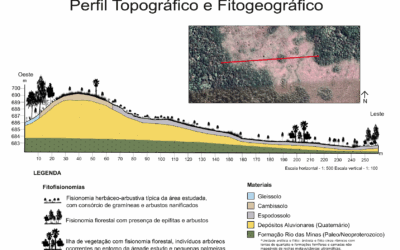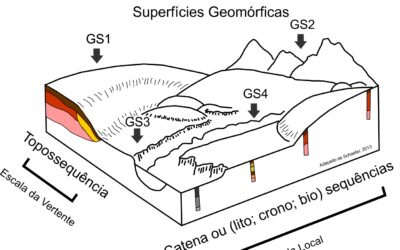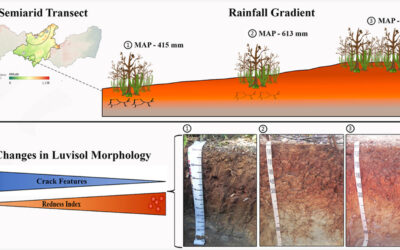This study investigates the Campo do Veludo, an isolated grassland formation within the Atlantic Forest in southern São Paulo. By integrating soil, topographic, and vegetation data, the research shows that shallow, acidic, and poorly drained Spodosols shape the landscape structure and constrain forest expansion, resulting in a biogeographic enclave of exception. The authors also explore possible connections with muçununga formations, broadening the discussion on landscape diversity in humid tropical regions.
Pedology
Toposequences: What Are We Really Studying?
This post presents a critical review of the concept of toposequence in soil science. Based on a bibliometric analysis, the article identifies three main approaches: geomorphic surfaces, catena, and toposequence. It also proposes more precise criteria for the use of toposequence in pedogeomorphological studies.
Rain as a driver of soil transformation in Brazil’s Semiarid Region
Study reveals how variations in precipitation affect the color, structure, and mineralogy of Luvisols in Brazil’s semi-arid region, with implications for soil fertility and agricultural potential





